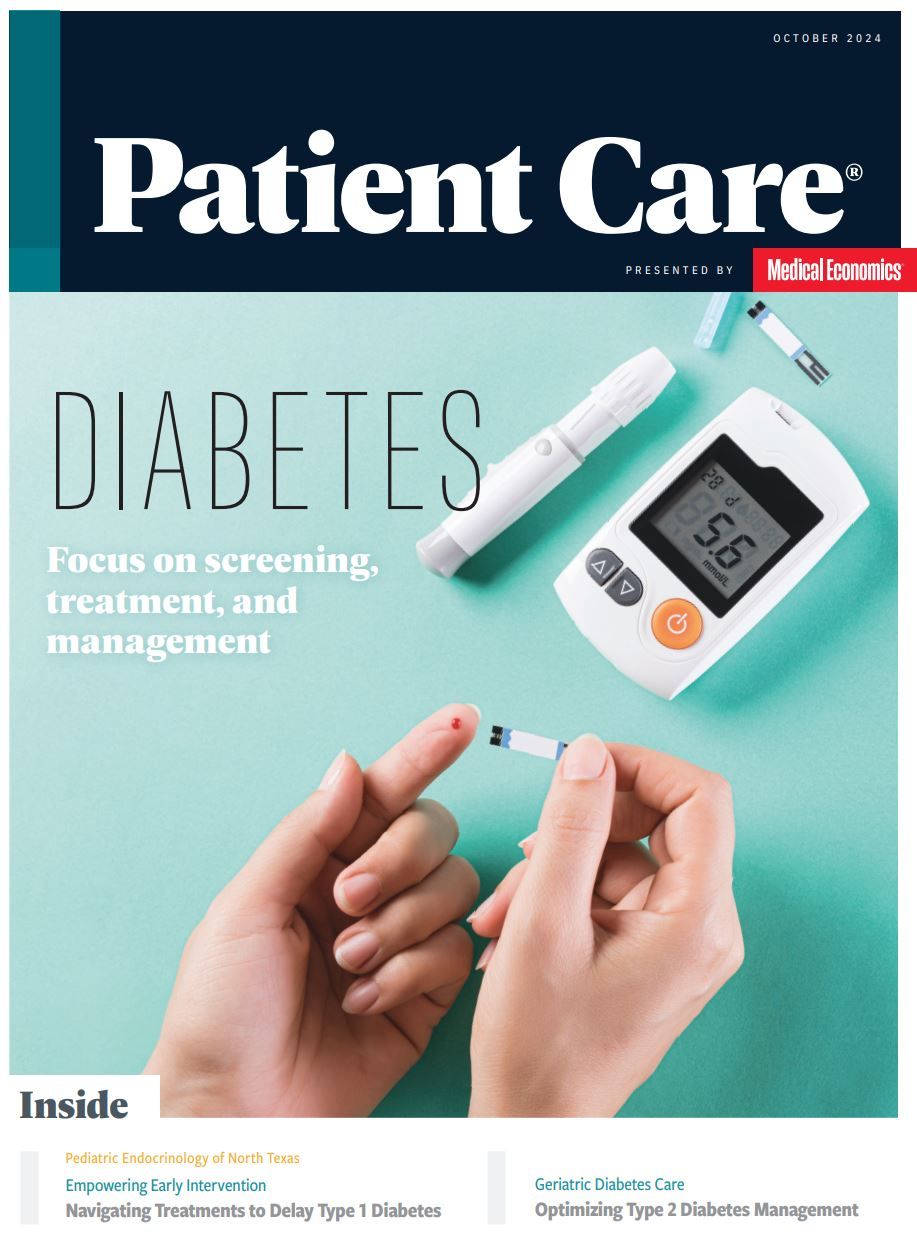Navigating T1D: Mitigating Burden and Monitoring Disease Progression
A panel of experts on type 1 diabetes (T1D) describe the prevalence and burden of the disease, highlighting the emotional and socio-economic burden extending beyond medical expenses.
EP: 1.Navigating T1D: Mitigating Burden and Monitoring Disease Progression
EP: 2.T1D Staging: The Clinical Importance of Early Recognition
EP: 3.Engaging the Audience: Polling on Primary Populations and Community Perspectives in T1D Care
EP: 4.T1D Antibody Screening: Identifying High-Risk Populations
EP: 5.Role of Teplizumab: First Approved Treatment for Delaying T1D Stage Progression
EP: 6.TN-10 Study Analysis: Expert Perspectives on Key Efficacy and Safety Data
EP: 7.Exploring Screening and Real-World Use of Teplizumab: Practical Insights and Clinical Experiences
EP: 8.Teplizumab Infusion Protocol: Details on the 14-Day Process and Comprehensive Monitoring Overview
EP: 9.Expert Opinions into the Range of Teplizumab Infusion Locations, Insurance Coverage Hurdles, and the Approval Process
EP: 10.Final Thoughts on Strategies for Managing and Monitoring Patients Receiving Teplizumab
The following is a summary of the video transcript and has been edited for length and clarity.
Jennifer D. Goldman, PharmD, RPh, CDCES, BC-ADM: Dr Burton, would you talk about the prevalence of type 1 diabetes and also about the myth around who is at risk for the disease?
Amy Burton, MD: What's interesting is that we are definitely seeing increased rates of type 1 diabetes diagnoses. And there are a number of different causes including COVID-19 and other viruses. But while most people tend to think of type 1 diabetes as a disease diagnosed in children, over the past few years we’ve seen that the majority of new cases are in adults over the age of 20 years. And that’s the myth, that it's always kids and that's what we need to watch. It's so important that we consider adults and young adults, adults when we think about diabetes and screening.
Goldman: How does family history affect the risk of type 1 diabetes?
Burton: A family history of type 1 diabetes increases a first-degree relative’s risk for the condition by 15-fold, so this is something that we need to speak to our patients about. We don’t take care of all of the children in a family or the adults; we may treat one person in a family of 5. We need to make the person we treat or the caregiver aware of the family risk and that there is screening available.
Goldman: What about the socioeconomic and emotional burdens of type 1 diabetes?
Deborah Shenkman, RDLD, CDCES: Both burdens are huge. Financially, there are the direct costs of supplies, insulin, continuous glucose monitoring (CGM) supplies, pump supplies, doctor's visits including other specialists, therapists. There are potential hospitalizations. The emotional aspect is sometimes even bigger. For a kid, there are the social implications; you're a little bit different than your peers, things might look a little bit different for you at school or at parties or at sports. You might have to pay attention to things that nobody else has to pay attention to, carb counting, blood sugar monitoring. And then the strain on families is pretty incredible. We see a lot of difficulties in marriages. Maybe one parent takes the burden of caring for the affected child and resentment builds. All around the impact of type 1 diabetes on a family can be huge.
Goldman: Are you doing referrals to other specialists?
Shenkman: I think it's always important to refer to a therapist or a counselor. If there are support group options, that's helpful. I think sometimes people just want to be with people like them. And for kids it's great because there's so many diabetes camp options where they can go and they could feel like everything is normal. So just getting around others that are in the same boat is super helpful.
2 Commerce Drive
Cranbury, NJ 08512
All rights reserved.
